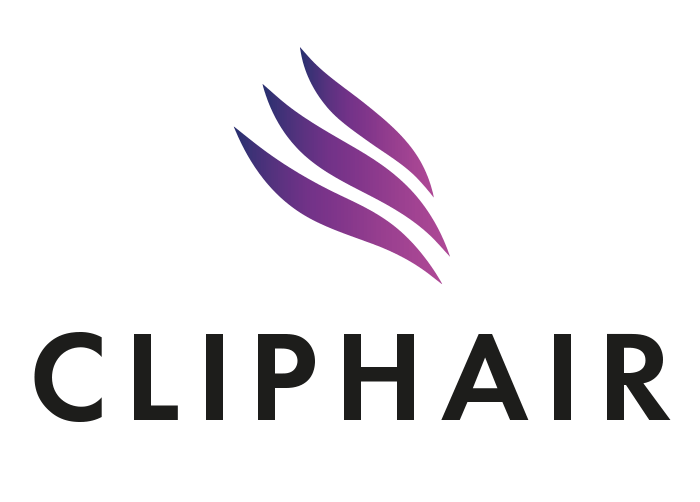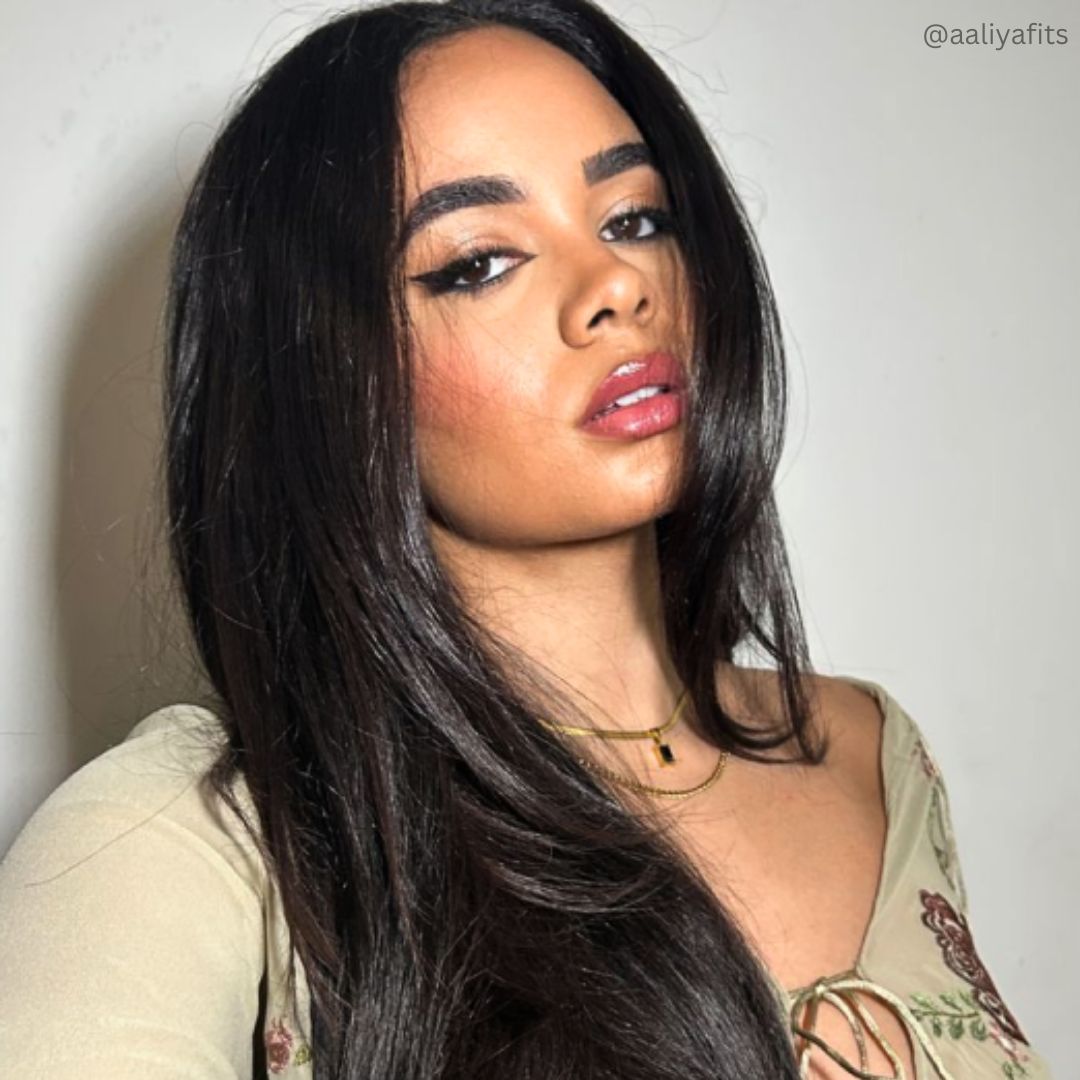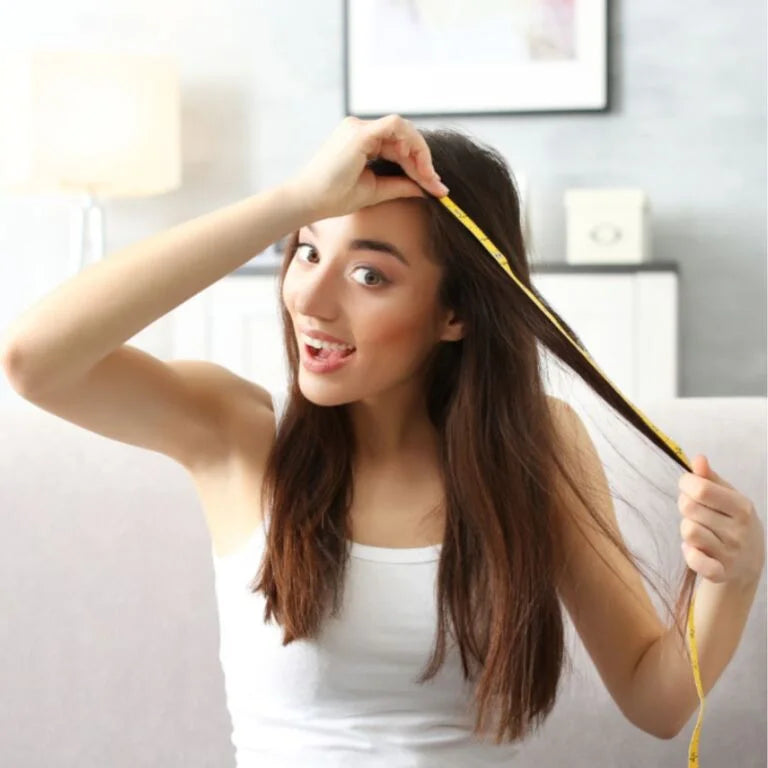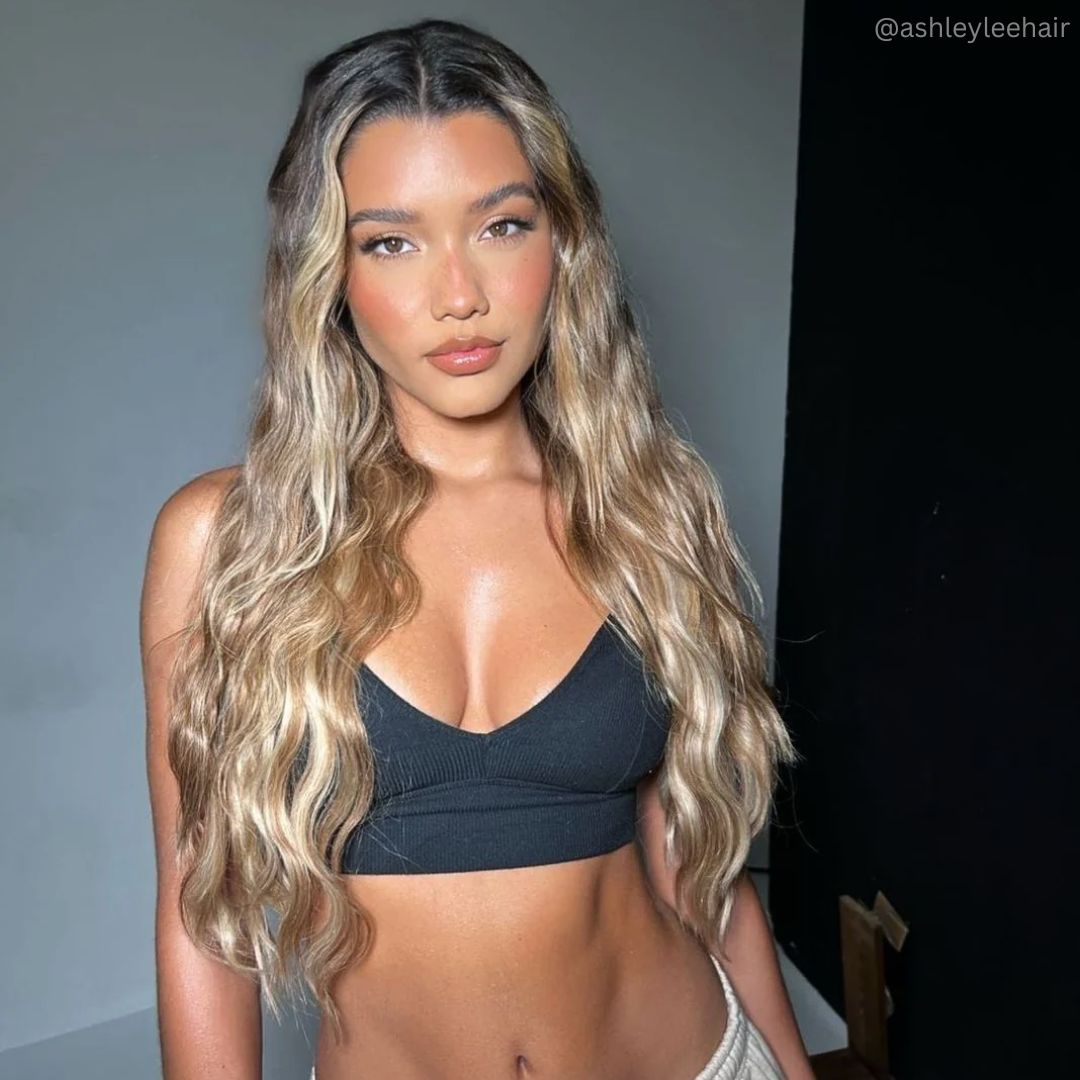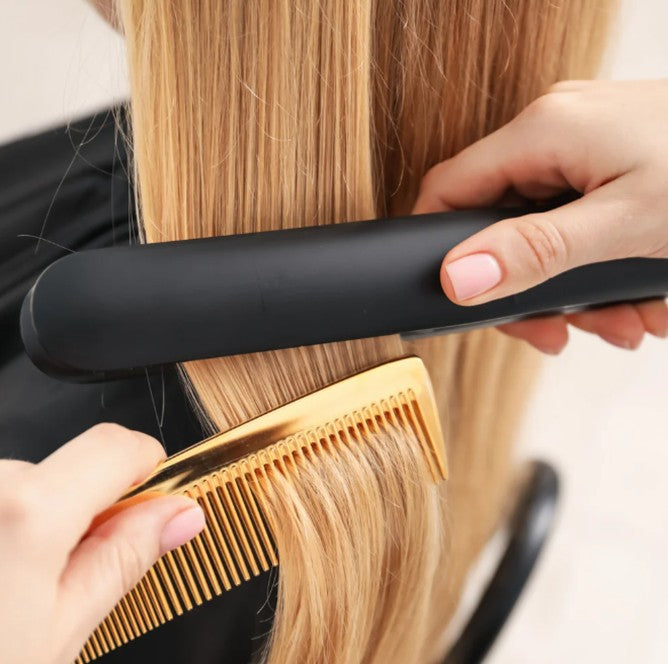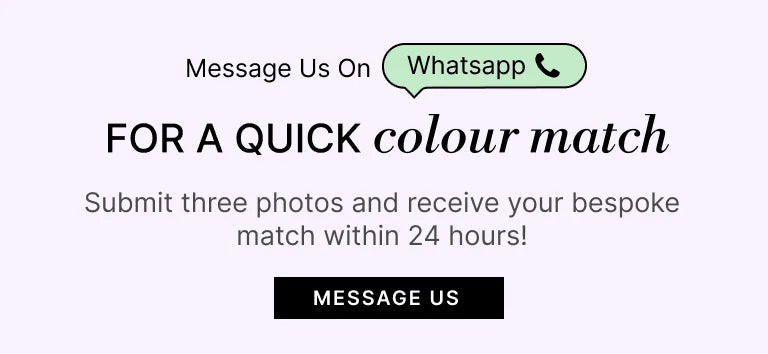The Best Hair Looks From Pride Across The Decades
by BRENDA L. / JUL 7, 2023
Reading Time: 3 Minutes
Index
Pride parades have long been a vibrant celebration of love, acceptance, and a fight for equality for the LGBTQ+ community. Held annually in different countries in the world, these events offer individuals from the community a live platform to express themselves and showcase a kaleidoscope of bright, colorful outfits, makeup styles and – obviously – extravagant hairdo’s. From the natural hairstyles of the 70s to the bolder, sparklier looks of today, this blog will take you on a nostalgic journey through the decades of celebrating queer culture and life, holding a magnifying glass on the most flamboyant hairstyles seen at the Pride parade through the decades.
The Fabulous 70s
The 1970s was a decade of revolution and liberation on many different aspects, and for the queer community this was no exception! From the big afro hairstyles that became a symbol of pride and empowerment for the black community to the long, flowy tresses that reminisced of the flower power era, Pride in the 70s wasn’t all about big and long hair – quite the opposite, part of queer coding included, for example, shorter hairdos for certain women. Short, edgy bangs and layered haircuts were easily spotted among people, also made popular by the rockstars of the time such as David Bowie and his iconic alter-ego, Ziggy Stardust.
Rebellion of the 80s
When it comes to big hair, nobody does it like the 80s. Being hit but a wave of punk and glam-rock influence, the queer community adopted the hairstyles of non-gender-conforming music stars. High-waisted shorts and crop tops, colorful streaks of hair and litres of hairspray dominated the scene in a flamboyant, fashionable way. Last but not least, let’s not forget mohawks, spiked hair, and neon colors! Reflecting the nature of the LGBTQ+ community fight for equal rights, these styles – already pretty visible on their own – went a little extra to make a bold statement.
The Glamorous 90s
With the glamorisation of gender-fluid hairstyles and outfits – incorporating them in mainstream media – the 90s brought a touch of fashionable edginess and sophistication to Pride looks. This is the era of Placebo’s Nancy Boy and Blur’s Girls & Boys, two iconic songs that openly referred to non-binary sexuality and gender identity. The hairstyles gaining popularity at Pride during the 90s are undoubtedly variegated, with both sleek and straight tresses going strong together with short pixie cuts and shaved heads rising in popularity thanks to the androgynous aesthetic spreading wider. Additionally, the use of hair accessories such as butterfly clips, glitter barrettes, and bandanas added an extra flair to Pride looks in the 90s.
The Technicolor Revolution of the 2000s
Could the pinkest era of time not go hand in hand with colorful, flamboyant rainbow looks for pride in the early 2000s? The Y2K vibe in general was bright, vivacious and heavily influenced by what we now call “Barbiecore” and such. With celebrities such as Anna Nicole Smith showing up at the even, Pride in the noughties couldn’t get more iconic. Rainbow-colored tresses, platinum blonde and the rise in popularity of clip in hair extensions brought to life incredible new hairstyles packed with eclectic, creative energy in pure Pride spirit.
The Modern Era of Inclusivity
In the most recent years, the Pride parade has evolved into more than a protest – becoming a big event including entertainment, food, and music with love and acceptance as its centrepiece. The hairstyles and fashion that we see now are heavily influenced by pop culture and fashion, but still in a rich, extravagant queer-theme. Many decide to take on the flag that represents them, often ditching the generic rainbow to showcase their blue-pink-white trans pride, the scale of sunset colors for lesbians, yellow, white, purple, and black for non-binary individuals and so on.
Conclusion:
Pride parades have significantly evolved over the decades, and with the changing of fashion in hair, makeup and clothing, members of the queer community around the world found new ways to express themselves in line with the arrival of new tools for self-expression. From Remy hair extensions, glittery make-up, colourful butterfly clips and strong-hold gel and hairspray, being queer never looked better!
Looking for flawless, salon-worthy hair without breaking the bank? At Cliphair, we’ve got you covered with luxurious clip in hair extensions for quick transformations and permanent hair extensions for long-lasting glam. Extensions require special care and maintenance to preserve their quality, which is why we have all the top-notch hydrating haircare products needed to keep your style on point.
Need the perfect shade? Browse our full range of human hair extensions in over 70 rich, silky shades or check out our FREE Express Color Match Service to ensure a seamless blend every time.
